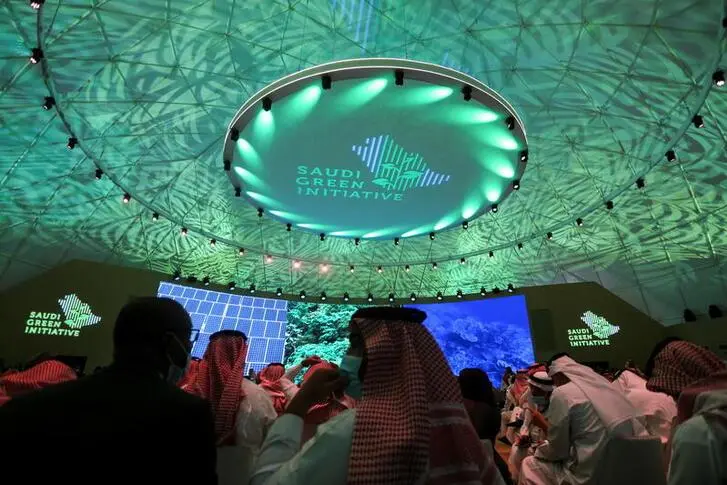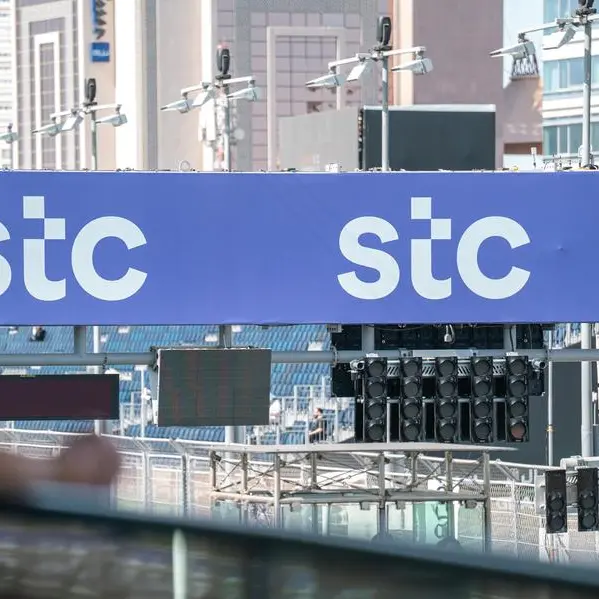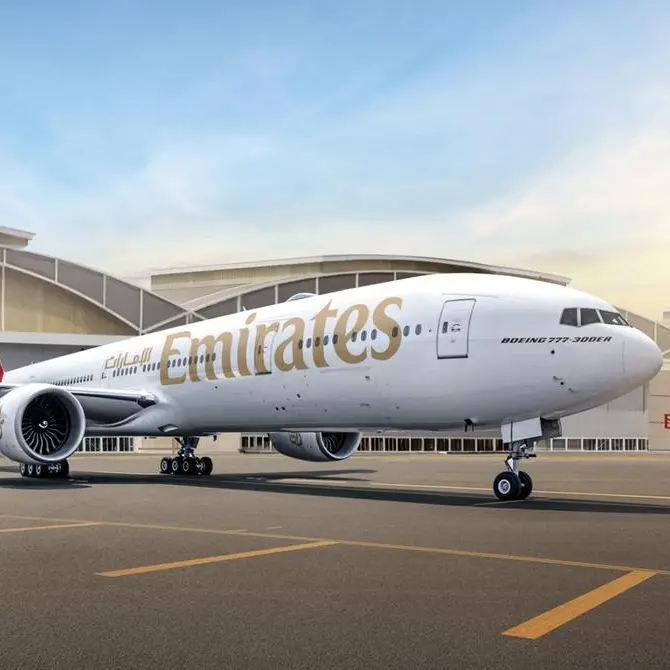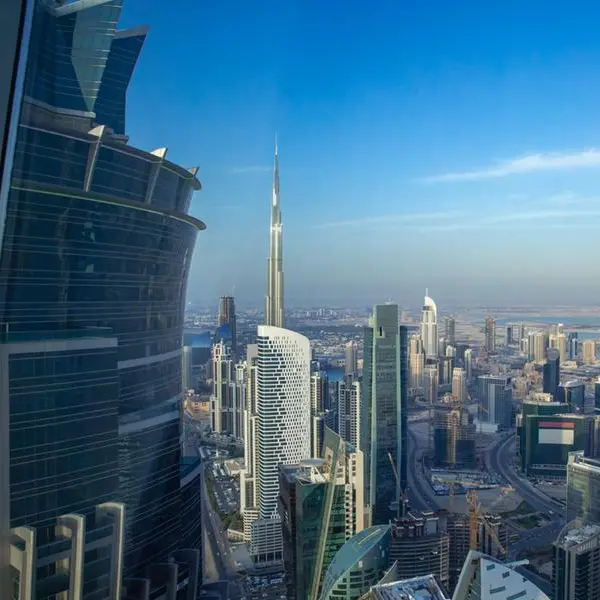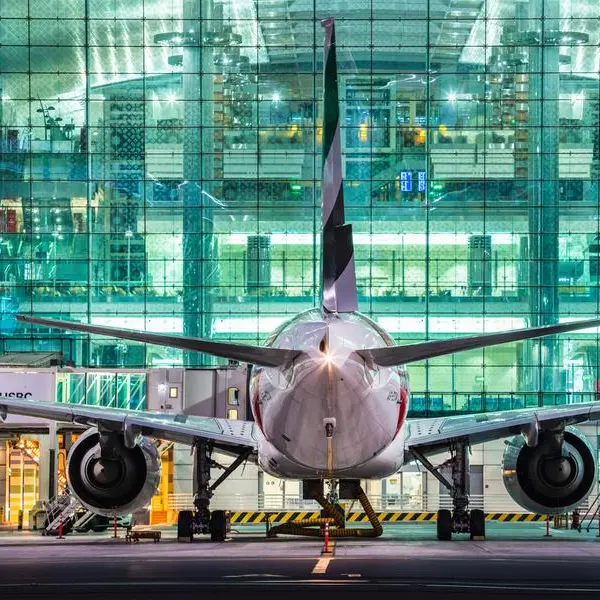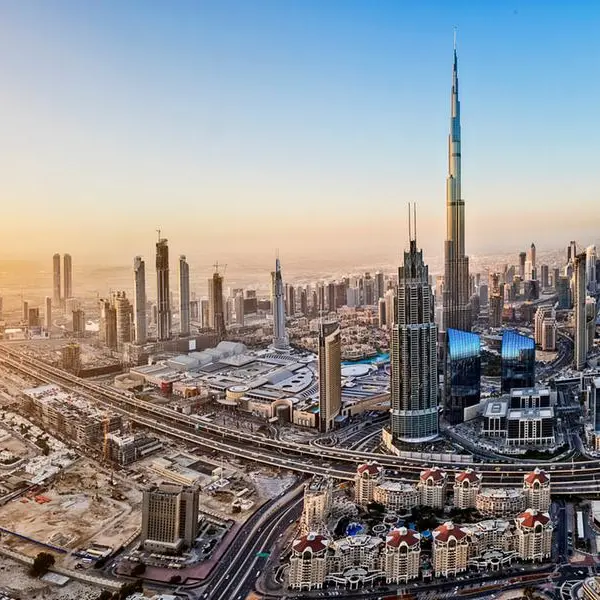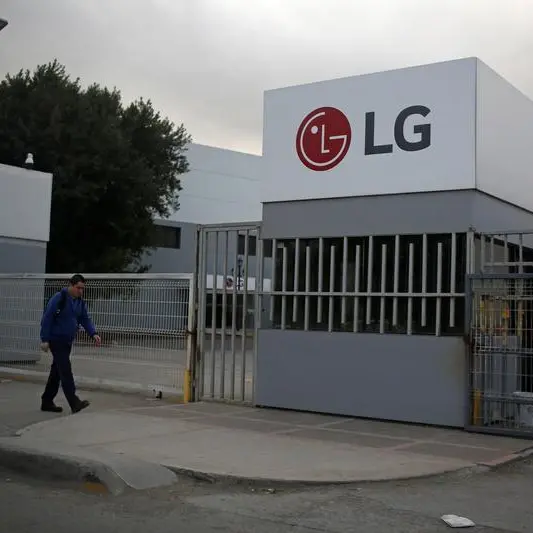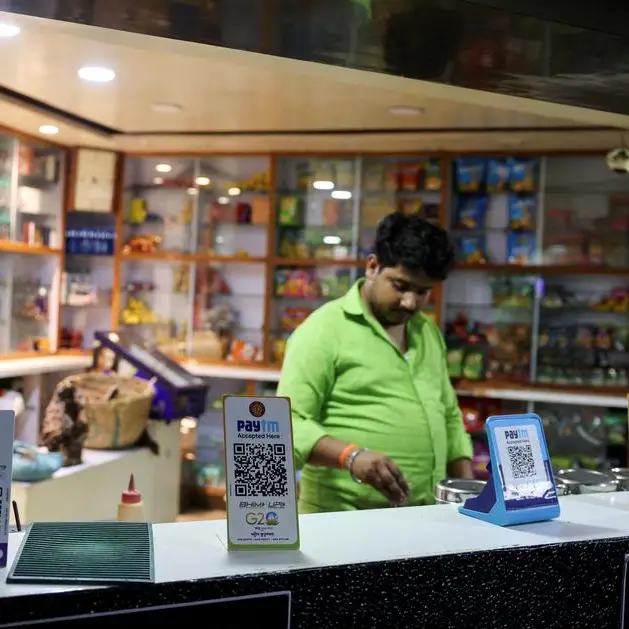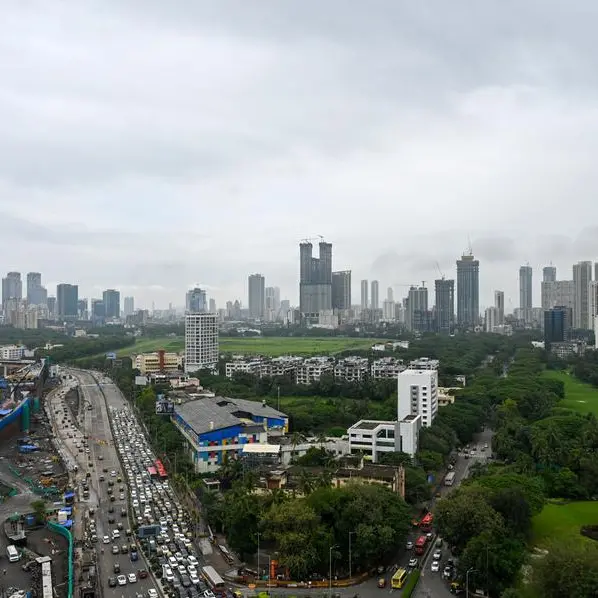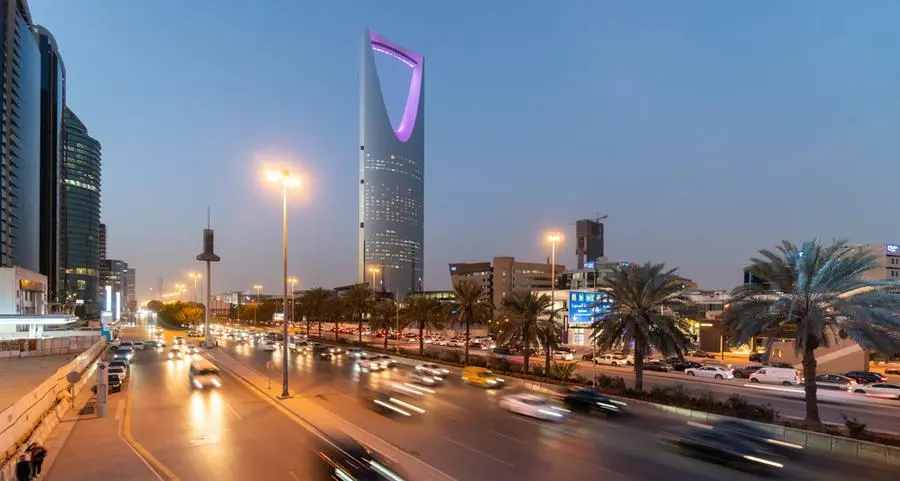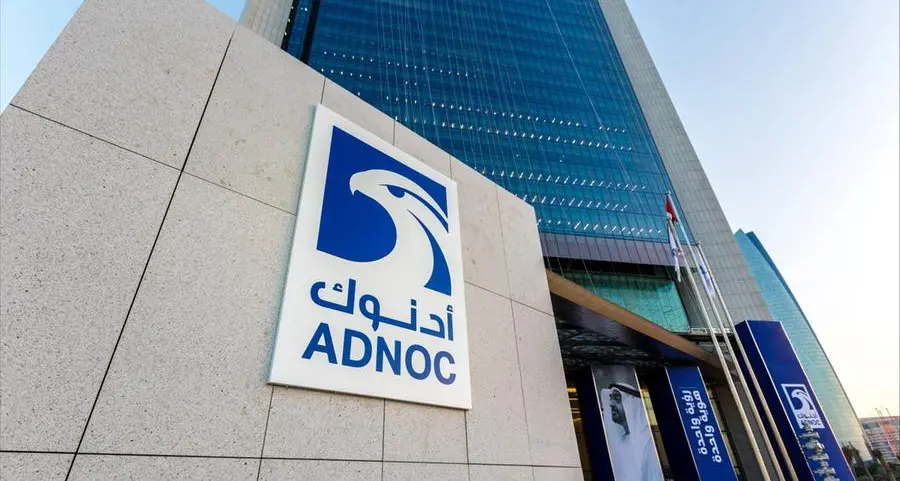PHOTO
As events related to the Saudi and the Middle East green initiatives close, it is perhaps appropriate to explore the economics of these activities, their importance, and their future.
It is also beyond appropriate to acknowledge the attendance and hard work of the US special presidential envoy for climate, John Kerry, UN Deputy Secretary-General Amina Mohammed, chairman and chief executive officer of BlackRock in America, Larry Fink, group CEO of HSBC in the UK, Noel Quinn, and senior partner of BTG Pactual in Brazil, Andre Esteves.
Obviously the broadly ecological and ultimately humanitarian goals of these initiatives are noble ones. Increasing vegetation via the planting of billions of trees, reducing carbon emissions by more than 10 percent of global contribution targets, achieving net zero emissions of greenhouse gases by 2060, combating pollution and reversing millions of acres of land degradation, and preserving marine life, are all beyond worthy goals.
Further, Saudi Arabia, advised by the worlds largest fund manager BlackRock, has launched a national infrastructure fund to support up to SR200 billion ($53.3 billion) in projects over the next decade.
Under the increasingly consolidated National Development Fund created in 2017, investments in water, transportation, energy, and health, will take place to further ends described by the Saudi Green Initiative and contribute to the Kingdoms plans to transform its economy away from fossil fuels.
Crown Prince Mohammed bin Salman said: As a leading global oil producer, we are fully aware of our share of responsibility in advancing the fight against the climate crisis, and that, as our pioneering role in stabilizing energy markets during the oil and gas era, we will act to lead the next green era.
However, it is perhaps also wise to consider the initiatives in their current incarnation and implementation as a rather extensive preamble to much greater things in Saudi Arabia and the region perhaps focusing upon production and technological development as well as the currently stated objectives. The manner in which this might be achieved is multifaceted.
It should preemptively be acknowledged that the noble efforts of Saudi Arabia to diversify its economy away from dependence on fossil fuels is something that has either already been initiated in developed countries and will likely follow rather rapidly in the developing world. The latter will take place out of necessity as alternative technologies become cheaper and the marginal cost of fossil fuels begins to increase naturally due to declining economies of scale.
The Middle East should accept that transformations in the realms of development and technology take place rapidly and strategies should be adopted to profit from these changes. For example, it was after all not so long ago (only about 50 years) that San Francisco and Los Angeles were on par with one another in terms of economic status in the US. Even in the short period since 2001, the gross domestic product of the San Francisco Bay area had risen by nearly 72 percent and the GDP of the Los Angeles metro area rose by just less than 50 percent. Similarly, the GDP per capita of the San Francisco Bay area over the last decade has remained roughly 32 percent higher than that of the Los Angeles area.
A quick glance at the highest GDP per capita cities in America will show that both statistical elements of the Bay area (San Francisco/Oakland and San Jose/Sunnyvale) sit at No. 2 and No. 3 on that list. The Los Angeles metro area is now No.15 and Midland Texas tops the list at No.1.
The latters rank is for obvious reasons, but one does have to wonder about the future viability of that position as the world changes and which of the above-mentioned cities Saudi Arabia might most wish to emulate. Will Midland, Texas perhaps become the present-day Los Angeles of 2070? Will it be a city that has peaked, plateaued, and then fallen behind similar to the resource that sustained it? Obviously, Saudi Arabia should stay ahead of these global transformations and learn strong lessons from technological history.
While current efforts should certainly be focused upon Saudi Arabia and the region, it is perhaps also wise to recall that the environment we enjoy is a truly global system and that both negative and positive externalities flow across national borders, continents, and hemispheres without restriction.
Given that, in the future it may prove wise to consider the marginal cost/marginal benefit analysis associated with prospective initiative projects proposed abroad in relation to those proposed domestically.
For example, while planting billions of trees in the Kingdom and/or the region generally is notable and should be lauded, it may be worthy of investigation if the purchase and protection of forests facing diminution abroad might achieve a similar global result with less effort and fewer financial resources.
This could apply to areas of the Amazon Basin, the boreal forests of northern Canada, European woodlands under threat, or areas of southern Africa in which slow-growing trees often fall victim to illegal harvest for firewood. The thinking should be global and cooperative with various governments.
John W. Salevurakis is an associate professor of economics at the American University in Cairo, and an author.
Copyright: Arab News 2021 All rights reserved. Provided by SyndiGate Media Inc. (Syndigate.info).
